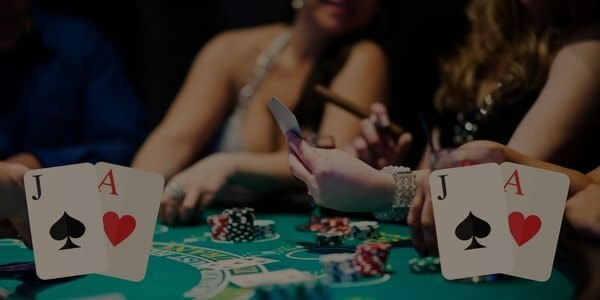What Happens If You Tie in Blackjack?

If you tie in blackjack, you won’t lose your money. The dealer will simply reshuffle your hand and continue the game as normal.
When you start the game, you make a bet by placing chips on the table and asking the dealer to deal you cards. The dealer will then
place her “wheel” of chips on the table and indicate how much each of them will be worth. When the game is between decisions, she parcels out your chips and gives them to you.
You can also play a side bet called ‘Tie.’ This is a wager that pays 10 to 1 if you and the dealer finish on the same total, even if you double down. It is a good bet if you’re playing in a low-limit game and are not planning to double down, but it’s best to avoid this if you plan on playing for big amounts of money.
The house edge for a single deck of cards is 3.6%, which is one of the lower casino edges you’ll find. However, if you’re playing more than 100 hands per hour and have a $10 average bet, your loss over the course of a year will be much higher.
If you tie in blackjack, you win or lose half your original bet depending on whether the dealer has a natural 21 or not. If you have a natural 21 and the dealer has 21, your bet will be paid at odds of 1 to 1.
In the long run, this strategy is not worth it because the casino will usually have a better hand than you and they will always beat you. If you’re a serious player, you’ll want to use basic strategy so that you’re less likely to lose over the course of the game.
You should never hit or stand on a hand if you think the dealer will bust. This is because the dealer will most likely get a card that makes him or her bust. You should instead check your hand to see if you have a blackjack or not, before hitting.
The dealer will only hit or stand on hands that are below 17, and he or she won’t take a bust card until you have a total of 21. It’s a good idea to use basic strategy when playing blackjack because it minimizes the house advantage and can help you win more frequently.
There are some common misconceptions about what happens if you tie in blackjack. The most popular mistake is to assume that a hand ties because the dealer has a natural 21. This is not the case in most games.
Another popular mistake is to assume that a hand will be pushed because the dealer has a natural 21. In reality, a hand that is pushed is a push because the dealer’s card doesn’t match your card.
If the dealer’s card is a queen and yours is a 10, this is a push because the dealer also has a 17 (tying the players). This happens more often than you might think, so don’t fall into that trap.